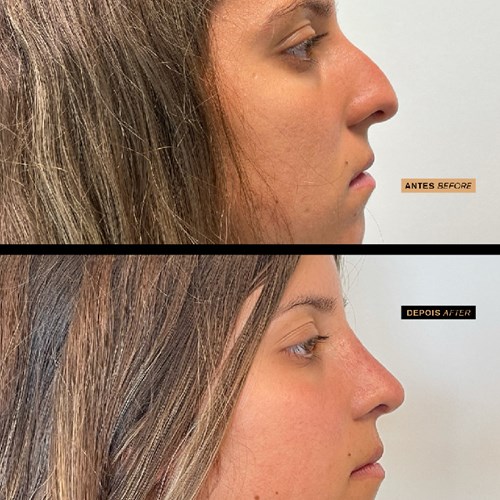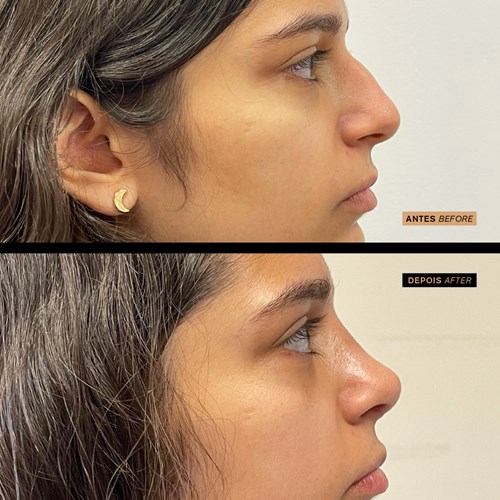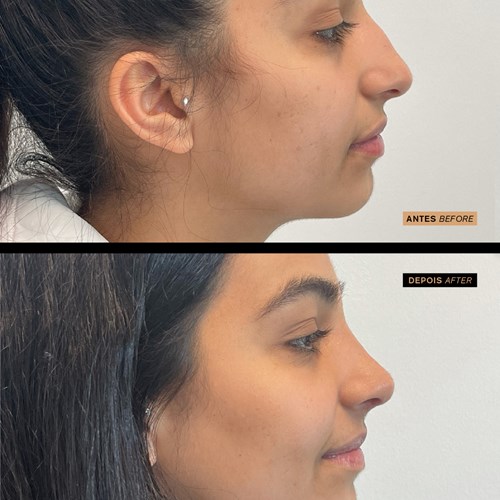
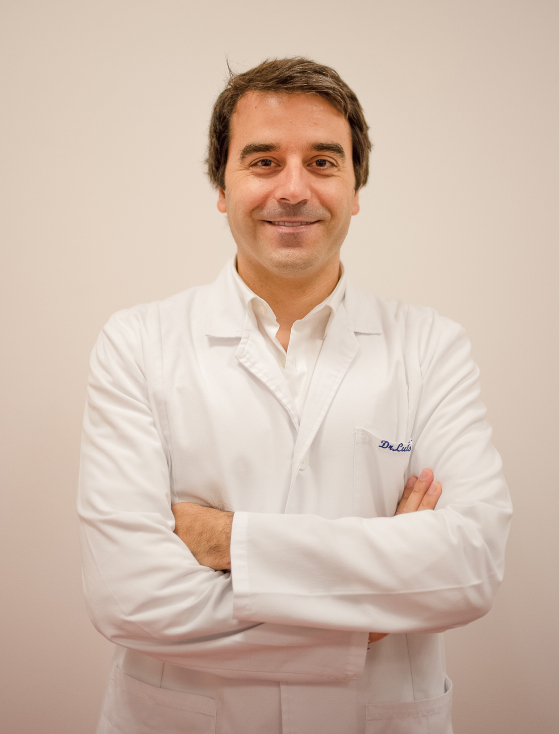
2020 - Present
Coordinator of the Otorhinolaryngology Unit Hospital Lusíadas Algarve since 2020
2018 - Present
Assistant Hospital Particular do Algarve – Gambelas (since 2018)
2018 - Present
Assistant Centro Universitário do Algarve
2014 - 2018
Assistant Hospital da Luz
2014 - 2018
Assistant Hospital Beatriz ângelo
2008 - 2013
Residence at the Otorhinolaryngology and Cervico-Facial Surgery Service of Centro Hospitalar Lisboa Norte - Hospital Santa Maria (2008-2013)
2006
Graduated in Medicine at the University of Coimbra since 2016
Areas of interest
Specialist in Aesthetic and Functional Surgery of the Nose
RHINOPLASTY
From an early age, the area of rhinology deserved special emphasis in his career. The treatments for aesthetic and functional problems of the nose lead to a constant updating of knowledge.
Member
Sociedade Portuguesa de ORL e Cirurgia Cérvico Facial
Academia Europeia de Cirurgia Plástica Facial - EAFPS
Sociedade Europeia de Rinologia

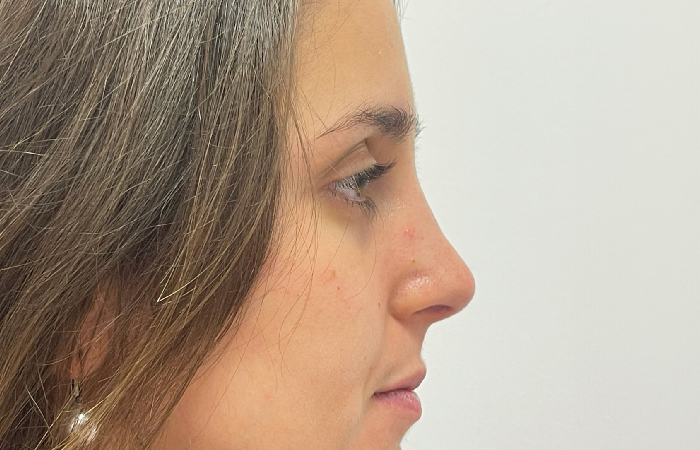
Often seen as just an aesthetic procedure, nowadays it is much more than that. It is a complex surgery but extremely rewarding for both the patient and the surgeon when the results are those previously defined, both in aesthetic and functional terms.
This surgical intervention can be associated with other nasal procedures, (such as the correction of functional aspects of the nose, like nasal septum deviation) that causes, for example, chronic nasal obstruction.
Most of the time, rhinoseptoplasty is performed, which allows correcting of the nasal septum deviations, in order to allow better nasal breathing, and rhinoplasty is performed, to improve the aesthetics of the nose.
The surgeon must, therefore, master the anatomy and surgical concepts as a whole and not by sections, taking into account the aesthetic component and the functional aspect of nasal breathing .
Rhinoplasty has also undergone advances in concepts and techniques over the last decade; thus, despite the apparent aggressiveness, it is almost painless and very well tolerated by the patient. Facial hematomas, mainly periocular (around the eyes), are only present when osteotomies are performed (fractures of the nasal bones for repositioning)
Rhinoplasty is a procedure that requires a well-informed patient. It is a surgery with very well-defined purposes, so the candidate must know exactly what is intended and what is possible to do with his nose.
What can be done in relation to a given nose requires a very specific knowledge of the anatomy, physiology and functionality by the surgeon, who must understand the surgical concepts as a whole and not by sections taking into account the aesthetic and the functionality aspect of nasal breathing. In fact, as much or more important than having a beautiful nose is having a functional nose. It is important to consider that a beautiful and harmonious nose will also have to be a nose that works.
Although there is a detailed and individual planning for each surgery, in some cases (about 10%) a secondary intervention is necessary, and this revision, as a rule, only takes place one year after the first surgery.
>In the first days after surgery, due to edema secondary to the procedure, there may be difficulty in breathing through the nose, which usually improves with the use of medications prescribed by the surgeon. In most surgeries, an external splint is used, which is usually removed after a week.

Septoplasty
Sinus/Rhinitis Surgery
DCR - Dacryocystorhinostomy
Pediatric Otolaryngology Surgery
Head and Neck Surgery
Chronic Otitis Media Surgery
Snoring and Sleep Apnea Surgery (adult and pediatric)
HOSPITAL LUSÍADAS – ALGARVE
HPA – HOSPITAL PARTICULAR DO ALGARVE – GAMBELAS



